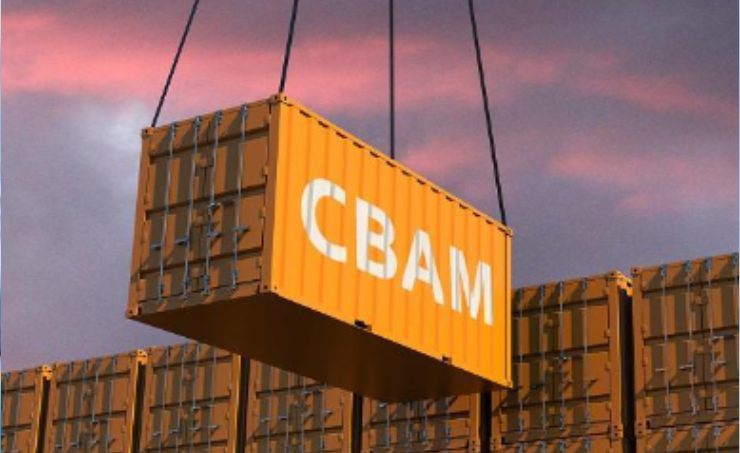The European Union (EU) has been steadfast in its resolve to achieve the climate goals as envisaged in the 2015 Paris Agreement. To this effect, its Carbon Border Adjustment Mechanism (CBAM) is a flagship initiative, giving further impetus to Fit for 55, thereby making the EU a global standard-setter driving climate ambition worldwide.
Expected to begin operating from October 2023, CBAM will witness carbon-intensive sectors comply with only their reporting obligations. After its primary objective of collating data gets met, it will be adopted fully. However, its phasing in will be gradual, occurring alongside the phasing out of allowances as they still need to be agreed upon in the background of the continuing EU Emission Trading System (ETS) negotiations.
Under the purview of this provisional agreement fall the sectors of iron and steel, cement, fertilisers, aluminium, electricity and hydrogen. Under its ambit also fall some precursors and a limited number of downstream products. It also entails indirect emissions in a well-restricted manner.
The agreement aims to target imports of products in carbon-intensive sectors. The intent, being entirely compliant with international trade rules, is to prevent any steps taken by these sectors to reduce greenhouse gas emissions efforts of the EU by offsetting them with an increase in emissions outside of its boundaries. The object of the agreement also is to stop these sectors from relocating production to non-EU countries where policies to fight climate change are not stringent compared to the EU, thereby placing increased imports of carbon-intensive products under check.
The accord and EU ETS will function parallelly, thus complementing its functioning on imported goods. Gradually it will replace the existing EU mechanisms to address the risk of carbon leakage, where companies move their production from a country with strict policies to a more tolerant one leading to an increase in greenhouse gas emissions and the free allocation of EU ETS allowances in particular.
Bibliography
1. Image Source- Glass on Web, 2021. News. [Online]
Available at: https://www.glassonweb.com/news/glass-europe-answers-consultation-carbon-border-adjustment-mechanism
[Accessed 22 December 2022].

